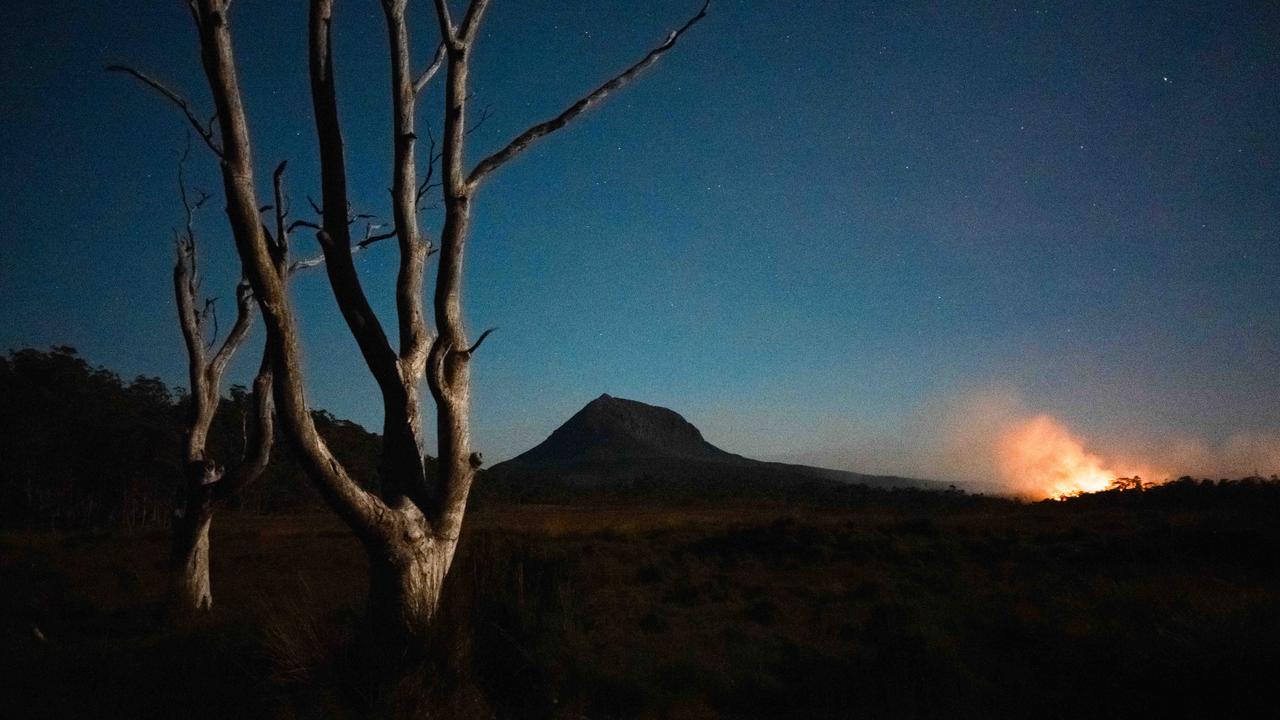‘Making it safer and improving travel time’: More upgrades to come for West Tamar Hwy
Community feedback is currently being sought on proposed upgrades to the West Tamar Highway, following the completion of three of four current upgrade projects. LATEST >>
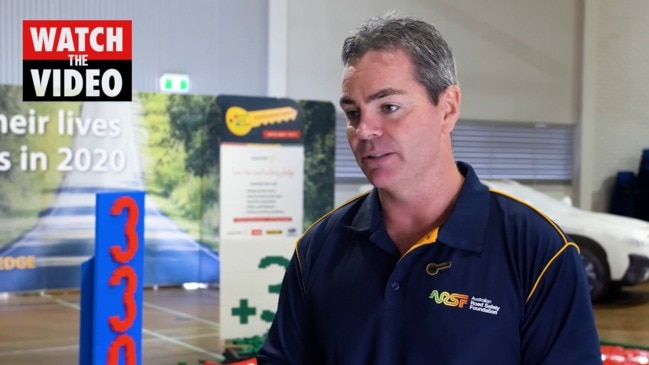
North West Coast
Don't miss out on the headlines from North West Coast. Followed categories will be added to My News.
- Teenagers recovering after parents killed in car crash
- Two hospitalised after car rolled on Bass Highway
Community feedback is currently being sought on proposed upgrades to the West Tamar Highway, following the completion of three of four current upgrade projects.
The upgrades are aimed at improving the safety and connectivity between West Tamar communities and Launceston, with the feedback received to be used in creating a Corridor Improvement Plan.
Minister for Infrastructure and Transport Michael Ferguson said this plan will guide investment in the West Tamar Highway between Launceston CBD and north of Legana over the next 20 years.
The three projects completed in July included: widening the highway between McEwans Road and Waldhorn Drive, widening the road shoulder and installing a concrete footpath between Rosevears Drive and Gravelly Beach Road, and improving sight lines at the Motor Road junction.
“These upgrades will improve the lives of communities along the highway by making it safer and improving travel time reliability to and from Launceston,” Mr Ferguson said.
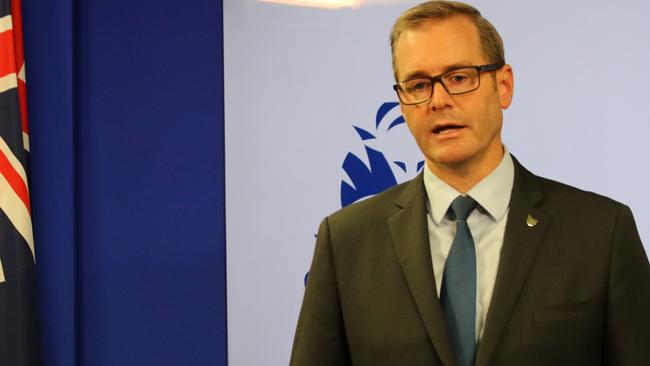
Work is also underway on the fourth project under this contract, with the surfacing of new overtaking lanes between Exeter and the Batman Highway intersection to be completed once the weather warms up.
The four projects are part of the Government’s $12.5m six-point plan to improve the highway north of Legana.
Feedback is also being sought on proposed upgrades to the highway between the Launceston CBD and Legana, with plans available at the West Tamar Council office or at www.transport.tas.gov.au
Calls against motorcycle safety levy in Tassie
THE Tasmanian government must resist the urge to introduce a specific motorcycle safety levy like Victoria has, a rider safety expert says.
Stephen Bardsley is the Rider Safety Representative for the Motorcycle Riders Association of Australia.
In a submission to the Legislative Council’s road safety inquiry, he says that raising awareness and addressing negative stereotypes about motorcycle riders would be good way to improve safety in Tasmania.
Four motorcyclists died on Tasmania’s roads in 2020, down from six the year before, although serious injury crashes rose from 67 to 71.
“Motorcycle riders are portrayed as dangerous road users, the reality though is riders are no more dangerous than any other road users, they are however ’endangered’ by them, his submission said.
“The so-called motor cycle ‘safety’ levy epitomises the negative attitude shown to motorcycle riders in Victoria.
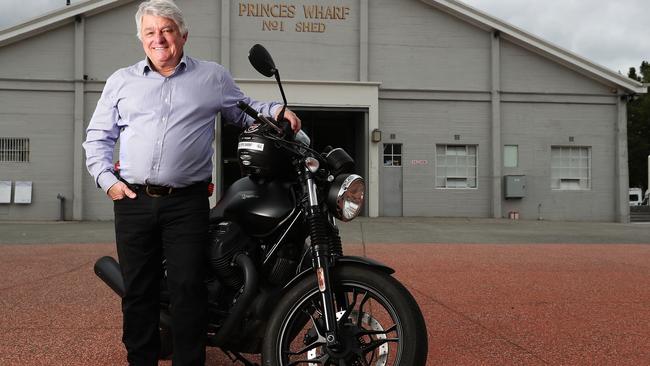
“Instead of equal and shared responsibility for road safety there exists a blame the victim rather than the perpetrator mentality.”
Victorian motorcyclists are charged a $73 fee on top of their registration. A road safety levy of around $30 is charged to all motor vehicles in Tasmania as part of their registration.
Mr Bardsley said the majority of crashes involving motorcyclists were the fault of other road users, particularly the notorious “SMIDSY” crashes – short for “sorry mate, I didn’t see you”
“Empirical evidence shows drivers not riders are to blame in most accidents involving a motorcycle and another vehicle,” his submission says.
“Motorcycle riders are not more dangerous than other road users, but are endangered by the actions of others.
“Roads have become dangerous for motorcycle riders due to a prevailing ’law of the jungle’ mentality, this where drivers of larger vehicles believe they rule the road and vulnerable motorcycle riders are endangered by their actions,” he said.
The submission says that perpetuating negative stereotypes about motorcyclists, including suggesting that motorcyclists are dangerous and solely responsible for their own safety, results in an environment in which drivers see motorcyclists as less entitles than other road users.
Mr Bardsley said that holding inquiries was only useful if the feedback of those consulted was taken into account in shaping outcomes.
Increased emphasis on motorcycle awareness including in learner permit and driver's licence theoretical and practical tests were part of the solution, he said.
Calls to upgrade ‘risky’ highway claiming too many lives
BARRIERS between traffic, two lanes in both directions and fixing “rim-breaking” potholes are the early issues identified as public input is sought to guide plans to improve the Bass Highway between Launceston and Devonport.
The section of busy highway has recorded four fatal accidents in the past two years including one last week that killed a Victorian couple touring the state to explore our mountains.
Three men were killed on the highway at Carrick in 2020 after a four-wheel-drive crossed onto the wrong side.
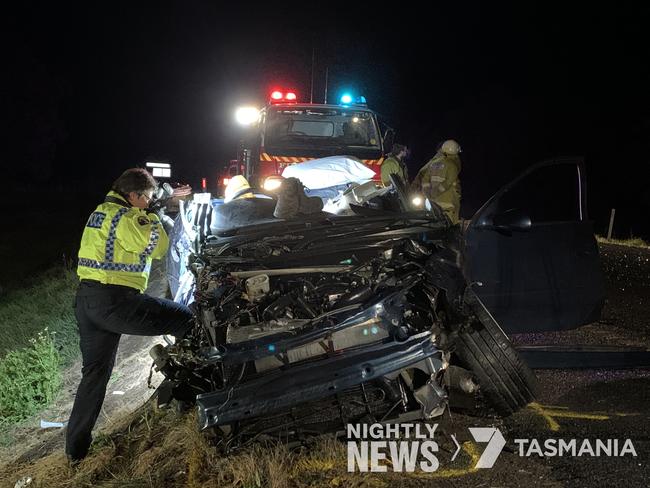
The Australian Road Assessment Program has rated the Bass Highway – which extends past Devonport, through Burnie and into the far North West – as a risk-rated national highway.
The state government has asked the community to share its concerns about the major freight and tourist corridor and says they will inform a study to be released later this year.
The RACT — which listed the upgrading of the Devonport to Launceston section of the highway as an election priority — has urged the government to act quickly to improve the stretch of road.
Its individual priorities were safety upgrades at Christmas Hills and new passing lanes at Parramatta Creek.
Statistics show all four of the fatal crashes since mid-2019 have occurred on non-separated sections of the highway.
“We have been promised a four lane highway by every political party. It is a total disgrace,” one driver said on the RACT’s Facebook post.
“Dual lanes both ways with a centre divider is what is needed. Parramatta Creek is a must fix,” said another.
Another motorist described navigating the route as a slalom course of dodging the rim-braking holes and poor repairs.
The Department of State Growth wants to know what sections of the highway are deficient for both the existing and future road use to improve safety, road network efficiency and economic growth and development.
The study will particularly focus on upgrades to the link between Deloraine and Latrobe with the first projects earmarked to be implemented in 2022.
The public has until August 14 to add their voice to the upgrade project.


